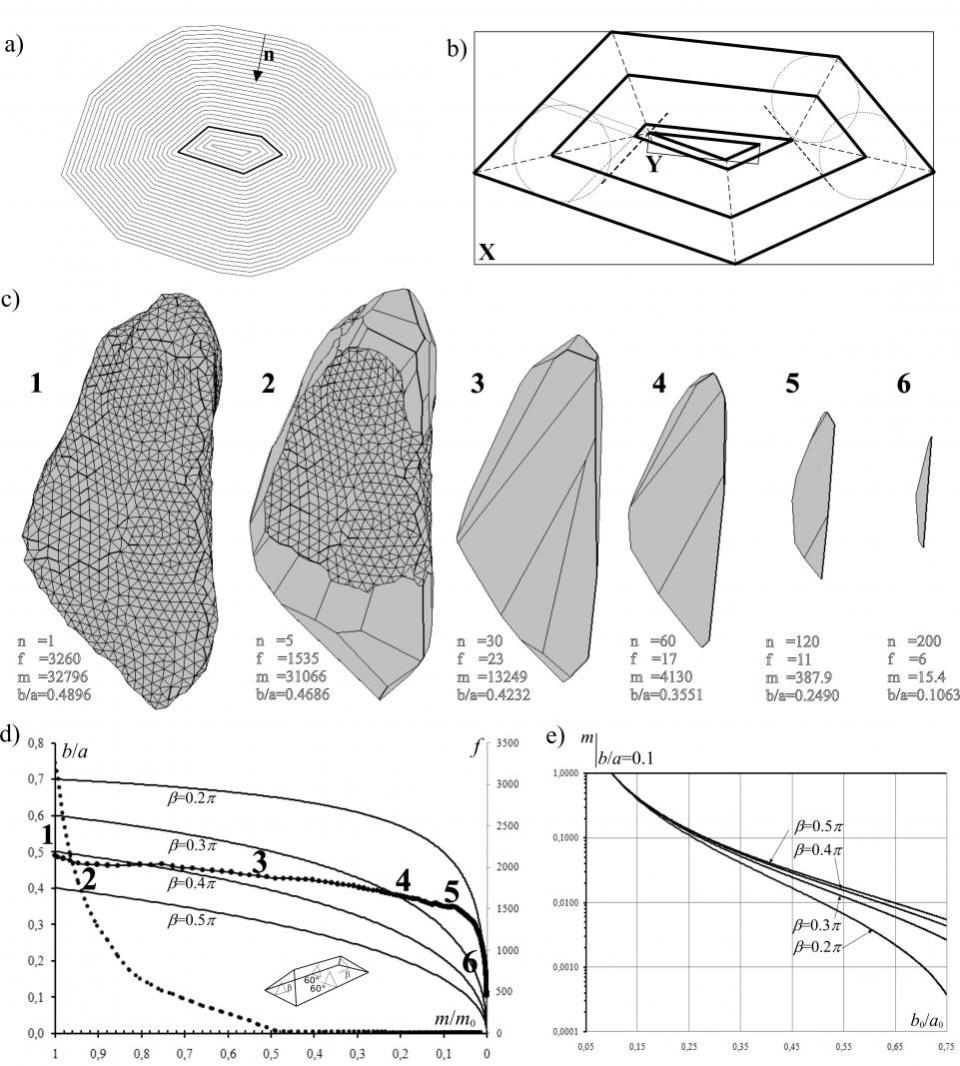Mystery of ‘alien’ cigar asteroid deepens with surprise ice discovery

A strange visitor to our solar system became the subject of headlines around the world after alien-hunters scanned the cigar-shaped object `Oumuamua.
But while the object isn’t – as many UFO fans hoped – a product of alien technology, it’s thrown up a few surprises.
Having originally been thought to be an icy comet, then an asteroid, researchers now believe it’s icy, protected by a crust.
Despite the fact that its surface reached 300C on its recent pass by the sun, it didn’t melt say researchers at Queen’s University Belfast.
Most popular on Yahoo News UK
Woman mauled to death in ‘grisly’ attack by her own pitbulls
Police confirm arrest of taxi driver over brutal murder of British embassy worker
Ugly Betty actress Ashley Jensen ‘devastated’ after death of husband
Police reveal cause of death of Canadian billionaire and his wife
Professor Alan Fitzsimmons headed up a team which measured the way that it reflects sunlight, and found it similar to icy objects covered with a dry crust.

This is because


has been exposed to cosmic rays for millions, or even billions, of years, creating an insulating organic-rich layer on its surface.
The research, which has been published this week in Nature Astronomy, suggests that `Oumuamua’s dry crust could have protected its icy interior from being vaporised – even though the object was just 23 million miles from our sun in September when it zipped past.
Professor Alan Fitzsimmons commented: ‘We have discovered that the surface of `Oumuamua is similar to small solar system bodies that are covered in carbon-rich ices, whose structure is modified by exposure to cosmic rays.
‘We have also found that a half-metre thick coating of organic-rich material could have protected a water-ice-rich comet-like interior from vaporizing when the object was heated by the sun, even though it was heated to over 300 degrees centigrade.”
Dr Michele Bannister and her team observed `Oumuamua while it was still within reach of the largest telescopes in the world and their findings are being published in Astrophysical Journal Letters later this month.
They found the object was the same colour as some of the icy minor planets they had been studying in the outskirts of our solar system. This implies that different planetary systems in our galaxy contain minor planets like our own.
Dr Michele Bannister said: ‘We’ve discovered that this is a planetesimal with a well-baked crust that looks a lot like the tiniest worlds in the outer regions of our solar system, has a greyish/red surface and is highly elongated, probably about the size and shape of the Gherkin skyscraper in London.’

 Yahoo News
Yahoo News 

